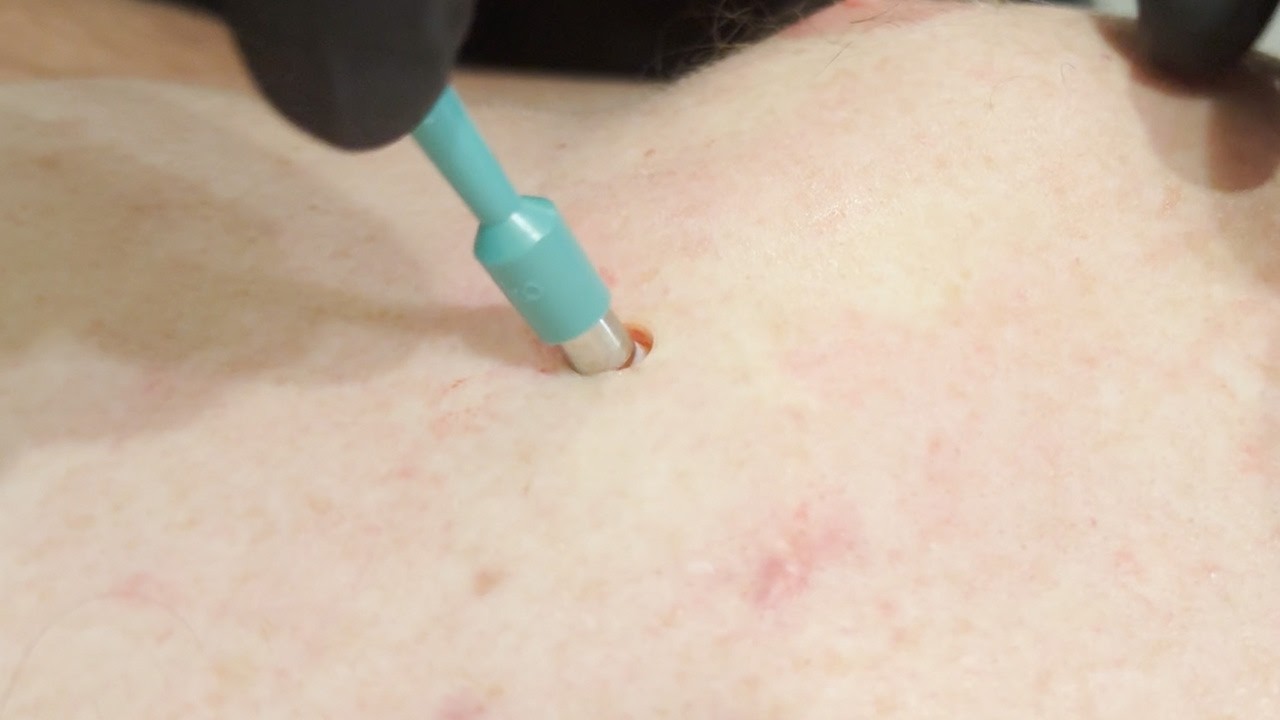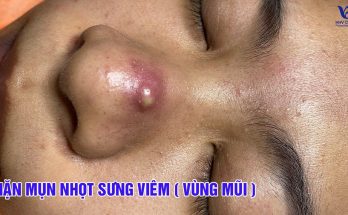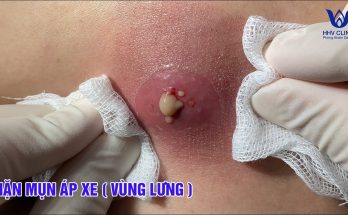
Breast Cysts
Breast cysts are fluid-filled sacs that are usually noncancerous. Sometimes, you can feel them, especially if they become painful a few days before your menstrual cycle. In most cases, breast cysts don’t need treatment.
Overview
What is a breast cyst?
A breast cyst is a noncancerous (benign), fluid-filled sac in your breast. It occurs when fluid fills an empty milk duct. Some cysts are too small to feel, while others grow up to several inches — large enough for you to feel and even make you uncomfortable. Clusters of cysts can form in one breast or both. Breast cysts don’t increase your risk of developing breast cancer. They also don’t “turn into” anything more serious.
You’re more likely to get breast cysts if you’re:
- Between 35 and 50 years old.
- Premenopausal (still have a menstrual cycle).
- Postmenopausal (no longer have a menstrual cycle) but take hormone therapy (HRT).
Types of breast cysts
There are three types of breast cysts:
- Simple breast cyst: Filled entirely with fluid, simple cysts are always noncancerous. There’s no solid area in the cyst and the cyst wall is smooth. They make up about 90% of all breast cysts.
- Complex breast cyst: This type of cyst, which has a mix of fluid and solid components, may be breast cancer in up to 20% of cases. Your provider typically biopsies the tissue, which means they remove part of your breast tissue and send it to a lab for analysis.
- Complicated breast cyst: A complicated cyst is fluid-filled, but may have some cloudiness to the fluid, or the borders may be somewhat irregular. Sometimes, these are aspirated with a needle biopsy and then the tissue is sent for analysis. Other times, a provider may recommend a follow-up appointment in six months because there’s just a small chance (less than 2%) of it being cancerous.
Breast cysts can also be microcysts or macrocysts. Most breast tissue contains microcysts, which are very tiny and may be seen by ultrasound or even just under a microscope. Macrocysts are larger and can often be felt.
How common are breast cysts?
Breast cysts are common. About 7% of all women and people assigned female at birth will get a breast cyst at one point in their lives.
Symptoms and Causes
What are the symptoms of a breast cyst?
Some cysts are so small you can’t feel them. If you have a larger breast cyst, you may feel a lump that’s:
- Soft or firm, although most are soft.
- Round and smooth with distinct edges.
- Painful or tender, especially before your menstrual cycle.
- Larger just before your period starts and smaller after your period.
- Easily movable under your skin (especially large cysts).
Breast cysts can be tiny — like a grain of rice or a pea. They can also be as large as a golf ball. Many people notice their cyst changes or becomes sore just before their period when hormone levels change. Others have nipple discharge or localized pain.
What causes breast cysts?
The exact cause of breast cysts is still unknown. Experts believe natural hormonal fluctuations may cause them to form. Breast cysts don’t usually develop after menopause when estrogen levels taper off. It’s also thought to be a part of the normal life cycle of a breast — when the milk-producing glandular tissue shrinks (involution) and fluid becomes trapped.
What are the complications of this condition?
There aren’t any life-threatening complications of breast cysts. They can become infected, or can become large, tense and painful and require aspiration.
If you have a high risk of breast cancer, your healthcare provider may recommend frequent monitoring or additional testing.
Diagnosis and Tests
How are breast cysts diagnosed?
Healthcare providers often find breast cysts during routine mammograms that screen for breast cancer. But you may also discover a larger breast cyst on your own. To diagnose a breast cyst, your provider may:
- Perform a physical exam to feel the consistency of the lump and note its exact location.
- Order an ultrasound of your breast. This will show if the lump is solid or filled with fluid.
- Order a mammogram if you’re older than 30 or if you’re due for one.
If you’re at higher risk for cancer, your provider may also recommend a breast MRI (magnetic resonance imaging). This is the most sensitive test to detect breast cancer early in people who are high-risk.
How is a breast cyst aspiration performed?
During needle biopsy (also called an aspiration), a healthcare provider inserts a hollow needle into the cyst. The cyst will collapse as the fluid is withdrawn.
Management and Treatment
How are breast cysts treated?
In most cases, you don’t need treatment. Simple breast cysts don’t cause any harm and sometimes even go away on their own.
If the cyst is uncomfortable, your healthcare provider can drain the fluid from it with a needle. However, the fluid could come back. If it returns and continues to be painful, you may need surgery to remove it.
For complicated or complex breast cysts, you may need more frequent checkups to keep tabs on any changes.
Do breast cysts go away?
Often, breast cysts go away on their own. It’s important to contact a healthcare provider if you notice any changes in your breasts so they can examine you. Performing breast self-exams and attending annual well visits or mammograms go a long way in noticing these changes.
What can happen if a breast cyst is untreated?
A breast cyst may not require any treatment. If it’s very small and not causing you pain, your healthcare provider may decide to give it time to go away on its own. But if you’re uncomfortable or the cyst continues to grow, draining the fluid may be the best way to treat your symptoms.
Prevention
How do I prevent breast cysts?
You can’t prevent breast cysts. But regular self-exams and routine mammograms are good ways to manage overall breast health. Never assume a new lump is “just a cyst.” It’s always better to contact a healthcare provider for an exam.
Outlook / Prognosis
Can a breast cyst be cancerous?
It can be, but the chances are low. Simple cysts are benign and make up most cases of breast lumps (about 90%). Complicated cysts are also usually benign (less than 2% risk of cancer). A complex cyst is the highest chance of being cancerous at about 14% to 23%.
Do breast cysts increase your risk of breast cancer?
Breast cysts don’t increase your breast cancer risk.
Can a breast cyst turn into a tumor?
A benign breast cyst doesn’t change to a tumor. This is a common misconception.
Are breast cysts serious?
Breast cysts are very common in women and people assigned female at birth and usually aren’t a sign of a problem.
Living With
When should I worry about a breast cyst?
Most breast cysts are harmless and shouldn’t be a cause for worry. But it’s a good idea to have your healthcare provider check out any breast cysts to be sure.
What questions should I ask my healthcare provider about breast cysts?
If you’ve been diagnosed with a breast cyst, consider asking your provider:
- What type of breast cyst is it (simple, complicated or complex)?
- Does it need to be aspirated, biopsied or removed?
- Do I need more frequent mammograms or ultrasounds?
- Should I continue on hormone replacement therapy?
A note from Cleveland Clinic
Breast cysts are common, especially among people in their 40s. The good news is that these cysts are almost always harmless. Though cysts are common, always have your healthcare provider check out any new lumps or bumps you find. It’s always best to be cautious when it comes to your health.


